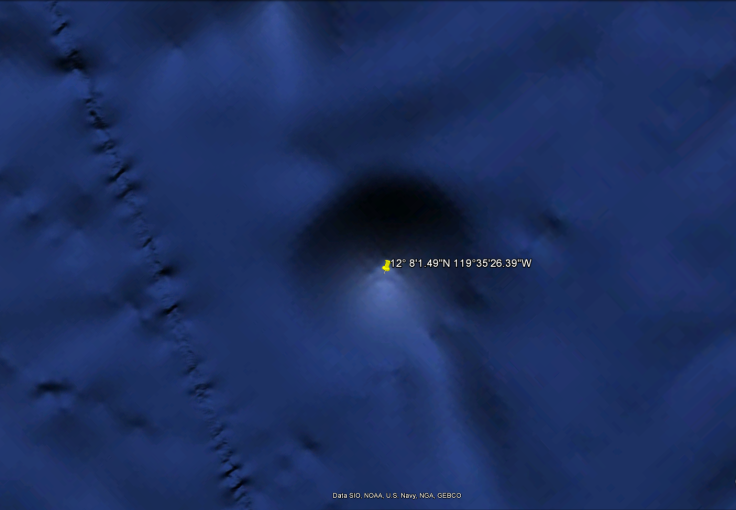UFO enthusiast claims huge structure built by aliens seen on NASA's photo of Asteroid Eros
UFO expert Scott C. Waring claims a nearly 500 meters long artificial structure possibly built by aliens on Asteroid Eros exists.
Are there any technologically advanced alien civilisations in our galaxy? As scientists continue to look for a certain answer, some UFO hunters appear pretty much convinced about the existence of aliens. A UFO expert claims to have spotted a huge constructed structure on the surface of an asteroid.
UFO expert and hunter Scott C. Waring claims to have spotted an artificial structure probably built by aliens on asteroid Eros. Noting the details of his discovery on Monday, the UFO enthusiast writes that he added light to a picture of Eros asteroid from NASA's photo journal.
As per the details on his ET Database blog, the building can be seen in the "far right side of" of the image. He claims that it is "square in shape" and does not look natural. He suggests it is a structure possibly built by "intelligent beings."
"Eros is 16.8 km across, so this building is close to .5km high and wide. That's a huge structure to be on Eros," he wrote on his blog. He adds that considering the size of the structure, NASA might be aware of its existence. "This is 100% proof that NASA knows about and keeps quiet about the existence of aliens," he wrote.
The Eros was accidentally discovered by Gustav Witt, director of the Urania Observatory in Berlin, and by Auguste H.P. Charlois at Nice, France in August 1898. It is the first discovered Near-Earth object. With a mean diameter of 16.8 kilometres, it is the second-largest Near-Earth Object.
The image was captured by NASA's Near-Earth Asteroid Rendezvous-Shoemaker (NEAR Shoemaker) mission in 2000 and was produced by Johns Hopkins University. It shows Eros' irregular shape at the sunset.
"Eros' irregular shape gives rise to some stunning vistas at the time of sunrise or sunset. On March 6, 2000, the imager on the NEAR Shoemaker spacecraft caught this view of a stunning sunset. In the pitch-black foreground the Sun has already set, but just over the horizon another part of the asteroid remains lit. Eros' rotation period is just 5 hours, 16 minutes, so in the course, one 24-hour Earth day an observer on Eros would be treated to four full cycles of sunrises and sunsets," reads the original caption of the image.

Meanwhile, Waring's claims regarding the alien structure on Eros asteroid remain unconfirmed by NASA.
© Copyright IBTimes 2025. All rights reserved.





















